Experiencing an issue where your PC fails to detect the graphics card can be frustrating, especially for users who rely on their computers for intensive tasks like gaming, video editing, or 3D modeling. A graphics card is an essential component that greatly enhances a computer’s ability to process and render graphics efficiently. If your system is not recognizing the graphics card, it restricts you to the motherboard’s built-in graphics, which are often significantly less powerful. This guide will walk you through practical steps to troubleshoot and resolve the issue, ensuring your PC gets back to its optimal graphical performance.
Ensuring Physical Installation
Double-Check the Card’s Seating
The first step is to ensure that the graphics card is properly seated in the PCI-E slot. Power down your computer, unplug it, and open the case. Carefully remove the graphics card and then re-insert it firmly back into the PCI-E slot, ensuring it’s evenly and securely seated. Sometimes, a card can become partially unseated due to movements or bumps to the computer case.
Inspect for Damage or Dirt
While you have the graphics card out, inspect both the card and the slot for any signs of damage, such as bent pins or scratches. Also, look for dust or debris that might interfere with the connection. Use compressed air to clean out the slot and a soft, dry cloth to gently wipe the contacts on the graphics card before reinserting it.
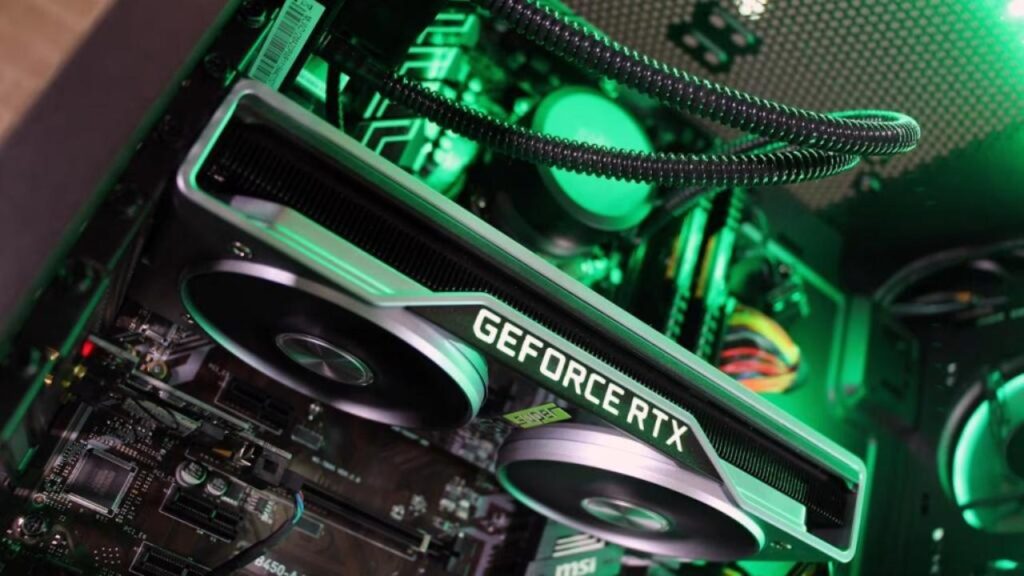
Updating or Reinstalling Drivers
Checking for the Latest Driver Updates
If the graphics card is properly seated but still not detected, outdated or corrupted drivers might be the culprit. Visit the graphics card manufacturer’s website and navigate to their drivers section. Here, you can find the latest drivers for your specific model. Download and install these drivers, following the on-screen instructions. Restart your computer after the installation to see if the issue resolves.
Reinstalling Graphics Card Drivers
In some cases, simply updating the drivers isn’t enough; you may need to completely uninstall and then reinstall the drivers. Use the Device Manager in Windows to uninstall the drivers for your graphics card. After uninstallation, reboot your PC, and Windows will attempt to reinstall the drivers automatically. If this doesn’t happen, manually install the drivers you downloaded from the manufacturer’s website.
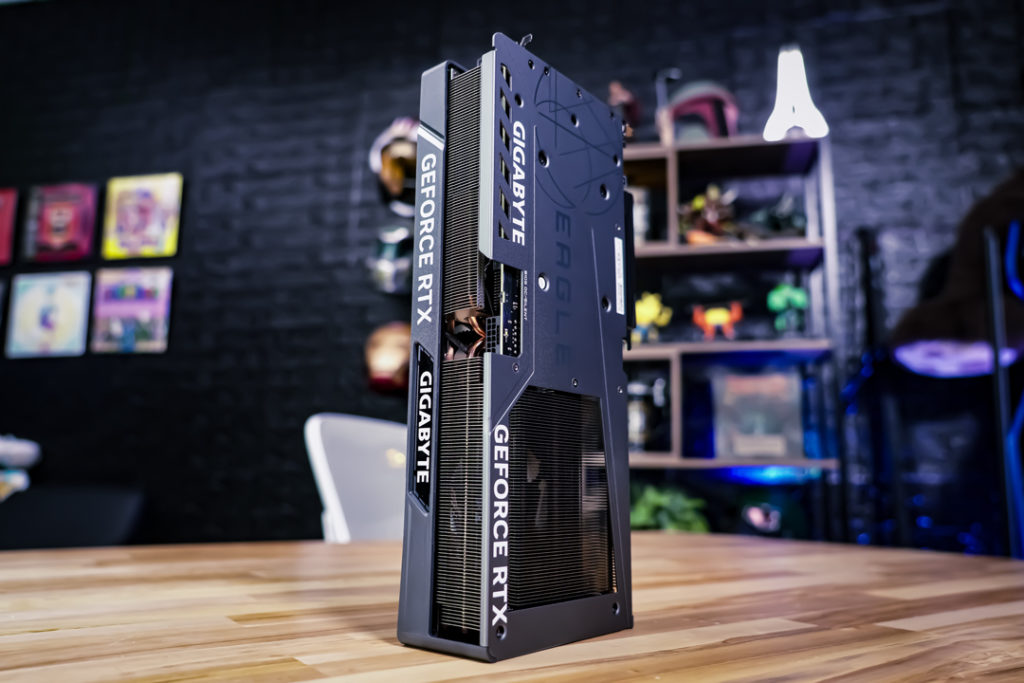
Checking BIOS Settings
Ensure Graphics Card is Enabled in BIOS
Sometimes, the BIOS settings can be configured to use the built-in graphics card instead of the discrete card. Restart your computer and enter the BIOS setup (usually by pressing F2, Del, or Esc during bootup). Look for settings related to graphics or video output and ensure that it’s set to use the PCI-E or discrete option rather than the integrated graphics. Save the changes and exit the BIOS to see if the graphics card is detected on the next boot.
Updating the BIOS
If the graphics card is still not detected, an outdated BIOS could be at fault. Manufacturers sometimes release updates to the BIOS to improve compatibility with newer hardware. Checking your motherboard manufacturer’s website for BIOS updates can reveal whether an update is available for your system. However, proceed with caution: updating the BIOS incorrectly can harm your system. Follow the manufacturer’s instructions carefully or consider seeking professional help if you’re unsure.
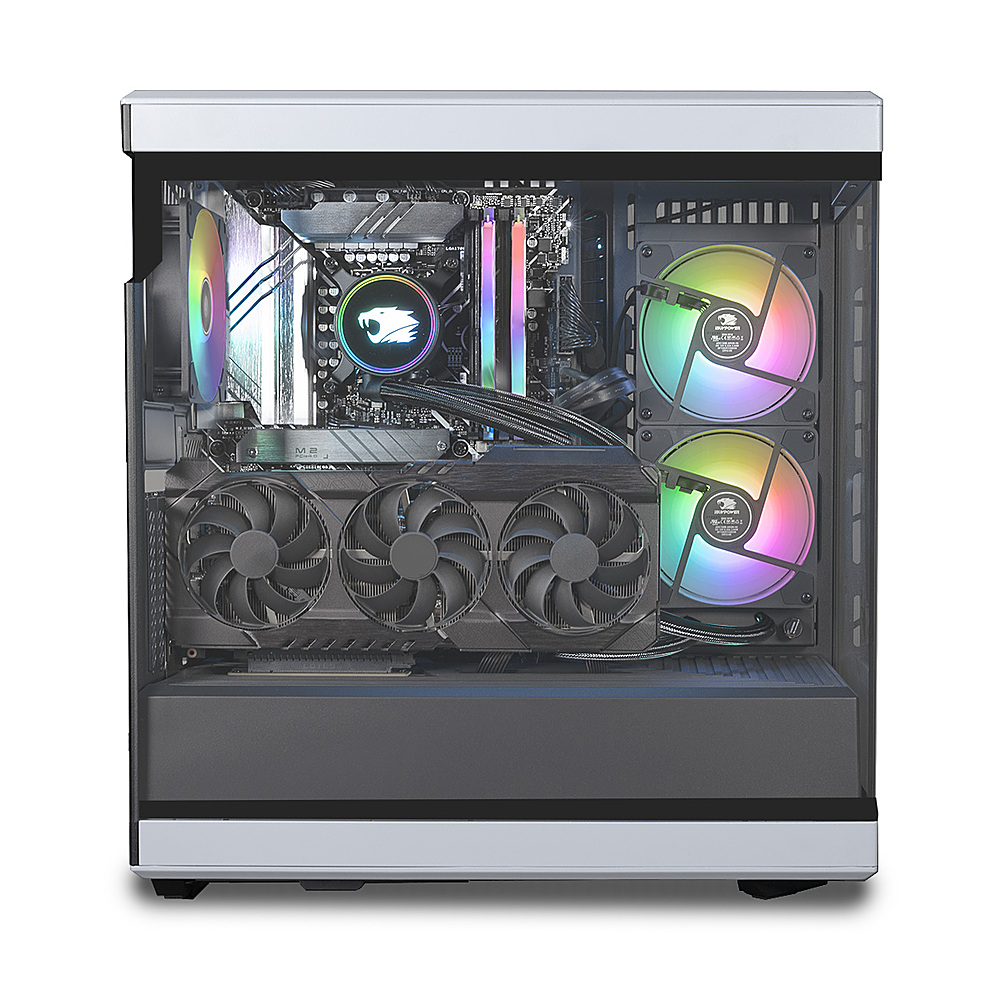
Consulting Professional Help
Reaching Out for Technical Support
If all else fails, it might be time to consult professional help. This could be the manufacturer’s technical support team if your PC or graphics card is still under warranty. Detailed information about your system, the graphics card model, and the steps you have already taken to troubleshoot the issue will be invaluable in speeding up the support process.
Considering a Hardware Replacement
In some cases, the graphics card might be faulty, or there could be an issue with the motherboard’s PCI-E slot. Should professional diagnostics attribute the issue to hardware, a component replacement becomes essential. For graphics cards still under warranty, reaching out to the manufacturer for a replacement is the next step. In the absence of a warranty, acquiring a new graphics card or motherboard, based on the failing component, might be the advisable course of action.
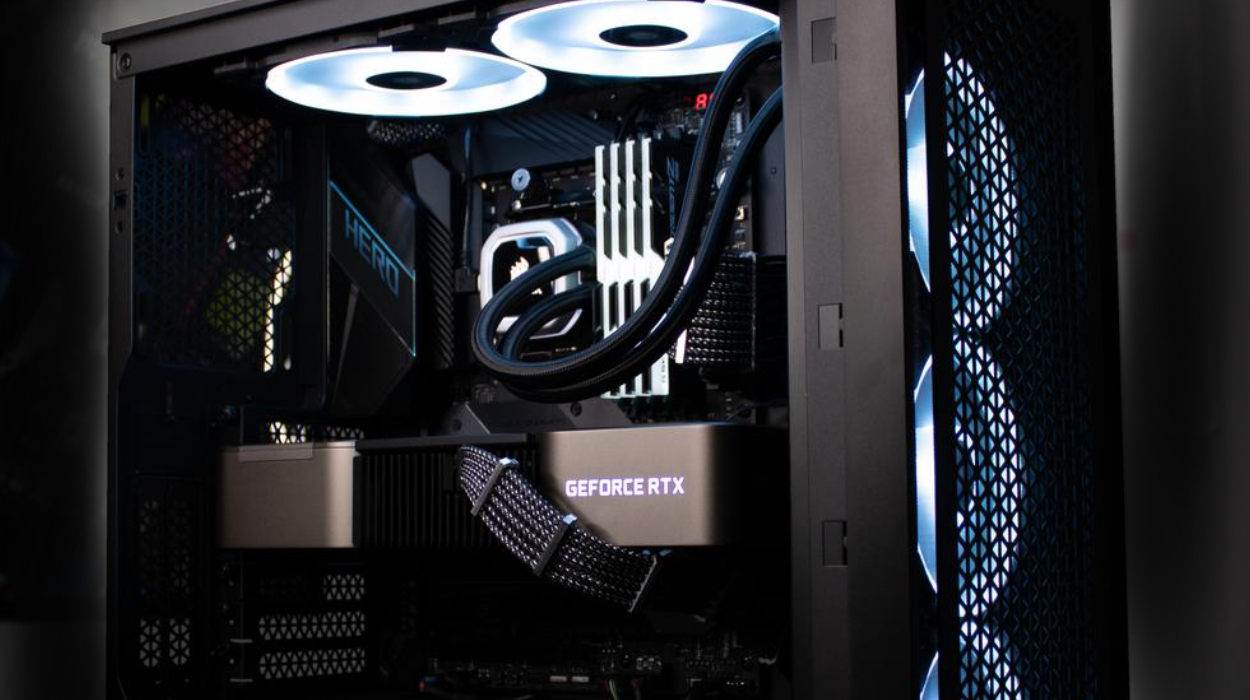
Monitoring Hardware Compatibility
Assessing Compatibility Before Upgrades
Before introducing new hardware to your system, especially when it involves a significant component like a graphics card, it is vital to ensure compatibility. Not all motherboards and power supply units (PSUs) are compatible with every graphics card. Checking the power requirements of the new card and comparing them with the capabilities of your PSU is crucial. Similarly, ensuring your motherboard has the appropriate slot (e.g., PCI Express 3.0 x16) for your graphics card and that there’s enough physical space inside your case can prevent detection issues and physical damage.
Emphasizing Regular Maintenance
Keeping Your System Clean and Updated
Regular maintenance plays a crucial role in preventing hardware issues, including those related to graphics card detection. Dust accumulation can not only block the connection between your graphics card and the motherboard but can also lead to overheating, which might cause the system to disable the GPU to protect itself. Using compressed air to gently clean the inside of your computer case, including the GPU slot on the motherboard and the GPU’s contacts, can prevent such issues. Furthermore, keeping your system’s software, especially the OS and GPU drivers, updated can resolve and prevent conflicts that might cause the GPU to be undetected.
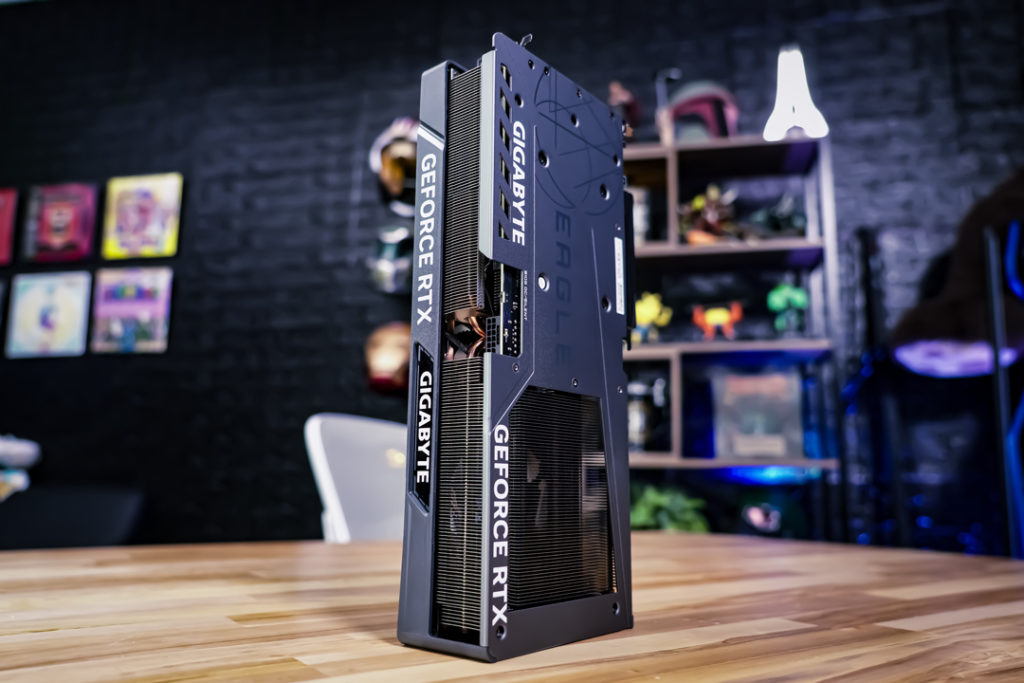
Utilizing Diagnostic Tools
Employing Software to Diagnose Issues
When troubleshooting a GPU detection issue, utilizing diagnostic software can provide insights that might not be apparent through physical inspection or system settings. Various tools available online can help you analyze your system’s hardware and software environment, highlighting conflicts or incompatibilities that could be causing the problem. Some GPU manufacturers offer their diagnostic tools designed to work specifically with their hardware, which can be a valuable resource in identifying and resolving issues. Employing these tools as part of your troubleshooting process can help pinpoint the exact cause of the problem, guiding you toward the most effective resolution.
In conclusion, a PC failing to detect the graphics card can stem from a variety of issues, from simple oversight in physical installation to more complex problems like driver conflicts or BIOS settings. By methodically troubleshooting the problem—starting with checking the card’s installation, updating or reinstalling drivers, modifying BIOS settings, and finally seeking professional help if needed—you can identify and fix the issue, restoring your computer’s graphical performance to its full potential.
